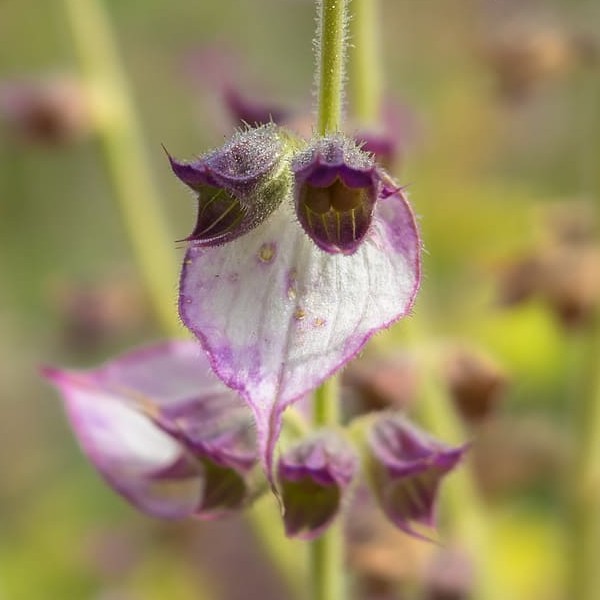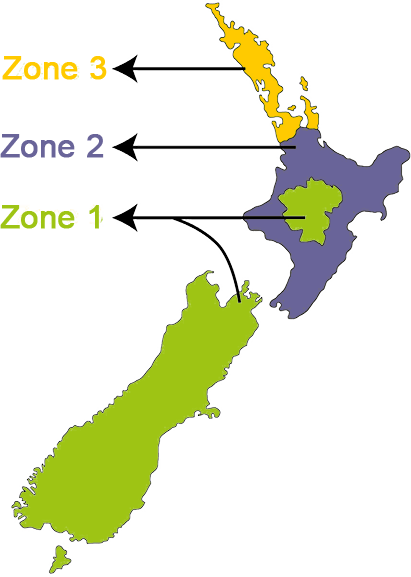
Growing Guide
This large shrubby plant with pink flowers and purple-green bracts has aromatic young leaves which are used to flavour soups and meat stews. Used in Germany to give Rhine wines a muscatel flavour. Seeds, soaked in cold water, form a mucilage, which can be used to remove small particles from the eyes, giving its name, Clear Eye, or Clary. Add the dried chopped young leaves to potpourri. The bright olive green essential oil is an excellent fixative.
1cm
25-60cm
25-60cm
15cm
7-21
48
120
150
Grow clary in average to sandy, dry, well-drained soil.
Clary prefers a soil pH of 4.8 to 7.5.
Plant clary in full sun.
Freeze seeds for three to five days before planting.
Seeds require darkness for germination.
Sow clary seeds outdoors in mid-spring once the soil has warmed to 55° to 60°
These are biennial plants, so will last over Winter if looked after well.
Plant clary in full sun.
Transplant clary seedlings to the garden about a week before the last expected frost.
If planting in pots, make sure the pots are above 15cm diameter.
Winter growing: Grow clary indoors in winter in a bright window.
If planting in pots, make sure the pots are above 15cm diameter.
Winter growing: Grow clary indoors in winter in a bright window.
Mulch outdoor plantings after the ground freezes in winter and remove the mulch gradually in spring to protect plants from heaving.
Feeding: Side dress clary with aged compost or feed with compost tea during the growing season.
Avoid high nitrogen fertilizers.
Excess fertilizer will result in leggy growth and fewer flowers
Care: After the first frost, cut the stems of first-year plants to 1 inch above the soil.
Mulch clary heavily to protect the roots over the winter.
Pick or snip clary leaves as needed any time after plants are 8 inches tall or taller.
Pick leaves in the morning for best flavor.
Cut flowering stems once the flowers are three-quarters open.
Cut whole stems of flowers near the base of the plant.
Biennial clary forms a rosette of foliage in the first year and 3-foot spikes of white or purple flowers in the second year.
Flowers: Clary has small lavender, pink, or white flowers that resemble garden sage.
Bloom time: Clary blooms in mid- to late summer after the first year.
To collect seeds, wait for flowers to dry on the plant and crush to reveal the small, round yellow seeds

Zone 1 - Cool
January , February , March , August , September , October , November , December
Zone 2 - Temperate
January , February , March , April , August , September , October , November , December
Zone 3 - Subtropical
January , February , March , April , May , June , July , August , September , October , November , December
Pests
Problems